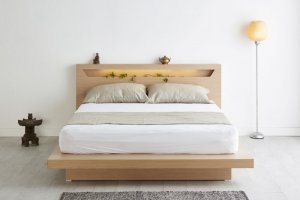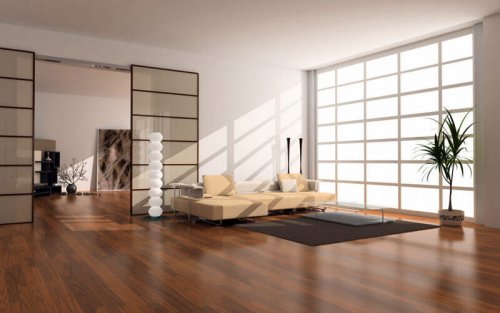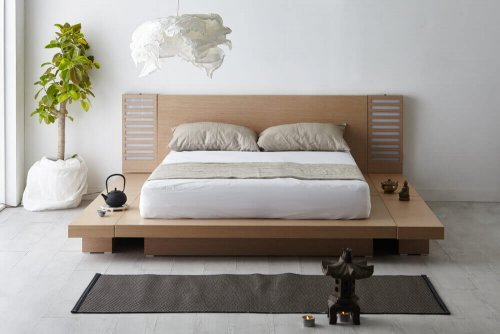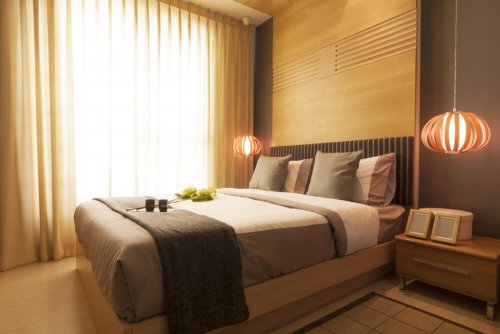All the Keys to Zen Interior Design

Harmony and balance are the foundations of Zen interior design inspired by Eastern philosophy. Its main goal, beyond aesthetic taste, is to create an environment that facilitates relaxation and meditation.
At the beginning of the 20th century, Zen came to western culture. Although its origin is Buddhism, it isn’t a religion but a life philosophy. Its goal is self-knowledge and the search for the meaning of life through the body and spirit.
Applying Zen interior design consists of creating a calm, peaceful, and balanced environment that invites you to meditate. This translates into sober, relaxed, and harmonious spaces. Therefore, simplicity in shapes, subtlety in lighting, and comfort in the distribution of space prevail.
Zen is characterized by aesthetic purity, which is directly inspired by nature. Zen interior design disregards superfluous elements and large spaces dominate. Also, it seeks to create practical and comfortable environments, where the body and mind can relax.
Light tones and warm materials in Zen interior design

In the search for harmony, Zen interior design uses neutral colors, preferably whites, beiges, and ochers, both on the walls and furniture or fabrics.
It’s advisable to choose colors that go well with browns or the earthy tones we talked about above. Although some touches of red or black are also allowed, you should use them very sparingly.
As for the materials, there’s a clear inclination towards wood, especially beech. Go for natural fiber fabrics that are soft to the touch, such as linen and cotton. You can also use translucent glass, both for the windows and for separating walls.
Zen furniture

You can achieve the balance that this decorative style seeks with adequate proportions. Choosing furniture is key to achieving this goal. The furniture should be simple and characterized by a predominance of straight lines. You should decorate with a few but big pieces of furniture.
In your living room and dining room, opt for low tables with cushions to sit on. With the cabinets and shelves, accentuate horizontal lines. Also, they shouldn’t stand out. Instead, they should integrate into the decoration with the same or similar colors as those of the walls.
The lighting

In Zen interior design, lighting is the key to creating soft and sensual environments. The light should be subtle and filtered. For this reason, it’s best to choose to light rooms with indirect light, using floor lamps or wall lamps.
Also, you can use candles. Paper lanterns, preferably white or red, go very well with Zen interior design. As for natural light, if it’s very direct, it’s best to dim it. A good solution is to use linen curtains.
Zen garden

This type of garden promotes meditation and invites people to contemplate. For this reason, whether it’s located outside or inside your home, it’s good to have an adjoining space you can quietly observe it from. It requires minimum maintenance and can occupy both large or small areas.
Everything is symbolic in these types of gardens. Also, the ground is covered with fine sand or white gravel (which symbolizes the ocean) raked as waves, imitating those that form when a drop falls into the water.
Another common element is polished rocks, which represent the mountains. The number of rocks must be odd and the distribution asymmetric. However, they should form a unit. Also, you can include quartz glass, candles, or seashells.
The vegetation, which isn’t essential, usually consists of bamboo, Japanese ornamental cherry blossoms, ferns, and moss. Running water, the source of life, makes its appearance in the form of small streams or fountains.
https://decortips.com/es/casas/todas-las-claves-del-estilo-zen/